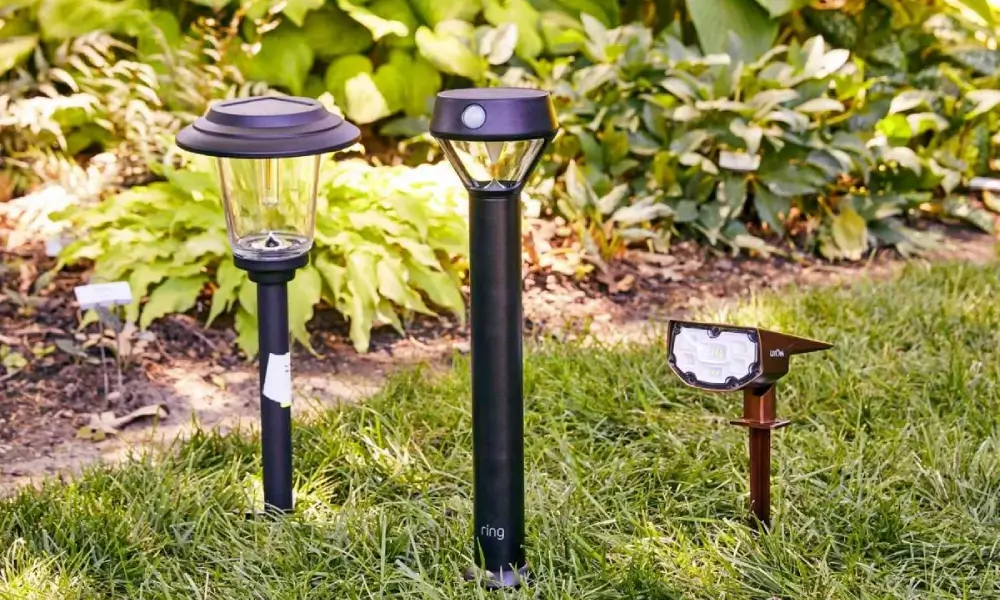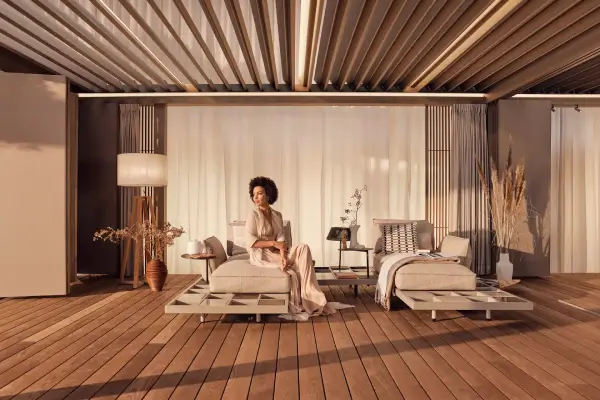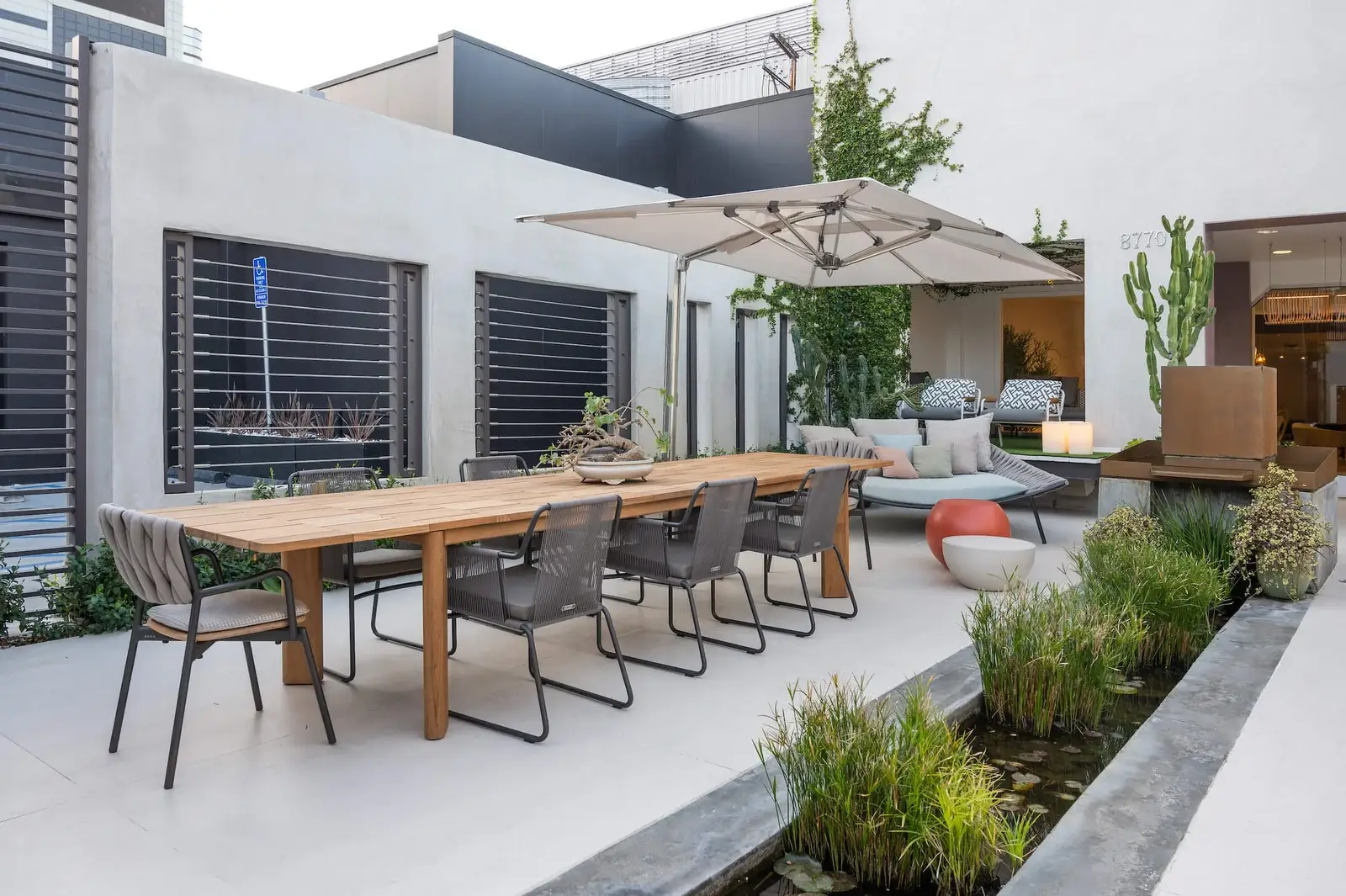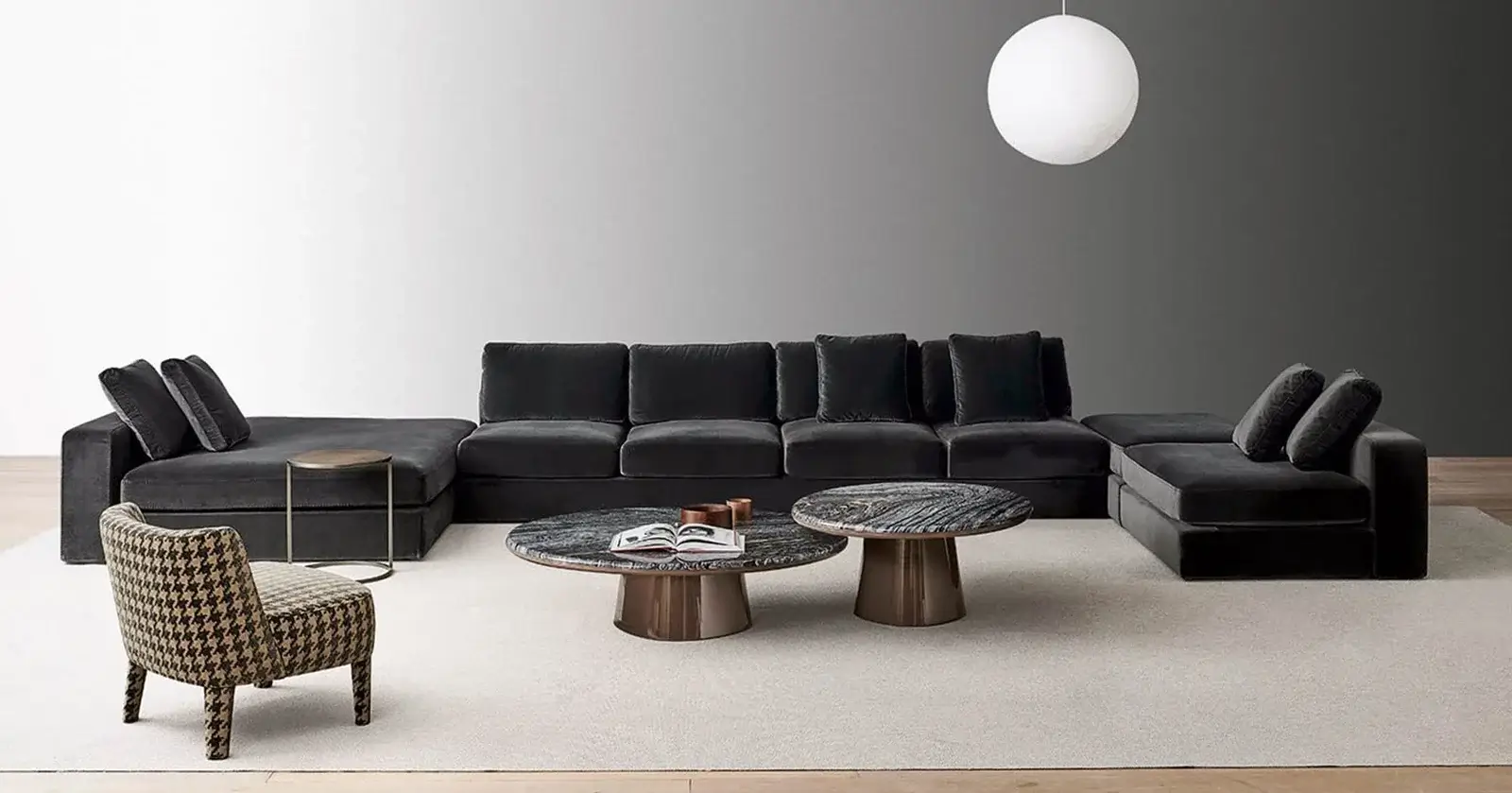Illuminate Your Outdoor Oasis: The Ultimate Guide to Garden Lighting

As the sun sets and darkness blankets your garden, lighting can transform it into a mesmerizing outdoor oasis. Garden lighting enhances the aesthetics of your outdoor space and provides safety and functionality. This comprehensive guide will explore everything you need about garden lighting, from techniques and design ideas to installation tips and maintenance. Discover how to create an enchanting ambiance and maximize your garden after the sun goes down.
The Importance of Garden Lighting
Garden lighting elevates your outdoor space’s overall appeal and usability. Here’s why it matters:
Enhancing Safety and Security
Properly placed garden lights ensure safe navigation through walkways, steps, and potential hazards. Illuminating dark corners and entrances also enhances security, deterring potential intruders.
Accentuating Your Garden’s Beauty
Strategically positioned lights can highlight the beauty of your plants, trees, and architectural features. You can transform your garden into a captivating and visually stunning landscape by creating depth and shadows.
Extending Your Outdoor Living Space
With the right garden lighting, you can extend the usability of your outdoor space well into the evening. Imagine enjoying a cozy dinner or hosting a delightful gathering under the enchanting glow of carefully selected lights.
Types of Garden Lighting
There are various types of garden lighting options available to suit different purposes and design preferences:
Path Lighting
Path lighting refers to lights that line pathways, guiding visitors and providing charming illumination. Options range from stake lights to bollards, offering functional and decorative elements.
Spotlighting
Spotlights are ideal for accentuating focal points in your garden, such as trees, sculptures, or architectural elements. They provide a dramatic effect and draw attention to specific areas of interest.
Wall Lighting
Wall-mounted lights add a touch of elegance to your garden while illuminating exterior walls, creating a warm and inviting atmosphere. They come in various designs, including sconces and lanterns.
String Lighting
String lights have become increasingly popular for their versatility and stunning effect. They can be hung across trees, pergolas, or fences to create a magical ambiance in your garden.
Designing Your Garden Lighting Scheme
Designing your garden lighting scheme involves careful planning and consideration of various factors:
Assessing Your Garden’s Layout and Features
Take a closer look at your garden’s layout, identifying key features you want to highlight or areas that require enhanced safety lighting. Consider the size, shape, and unique characteristics of your garden.
Determining Lighting Zones
Divide your garden into lighting zones based on the purposes or areas you want to illuminate—for example, separate zones for pathways, seating areas, and architectural features.
Selecting Lighting Fixtures
Choose lighting fixtures that complement your garden’s style and taste. Opt for high-quality, weather-resistant options that can withstand outdoor conditions and ensure longevity.
Creating Ambiance with Light Temperatures
Consider the color temperature of the lights you select. Warm white lights (2700K-3000K) create a cozy and inviting atmosphere, while cool white lights (4000K-5000K) offer a crisp and contemporary feel.
Installation and Maintenance Tips
Proper installation and maintenance are crucial for the longevity of your garden lighting system. Here are some tips to ensure a successful installation and proper maintenance:
Installation Tips
Plan the layout: Before starting the installation, create a detailed plan that includes the placement of fixtures, wiring routes, and power sources. Consider factors like voltage requirements and the length of cables needed.
Hire a professional electrician: If you need to become more experienced with electrical work, it’s recommended to hire a licensed electrician to ensure the safe installation of your garden lighting system. They can handle wiring, connections, and any necessary permits.
Waterproof fixtures: Ensure all lighting fixtures and cables are designed to withstand outdoor conditions and properly rated for water resistance. This will prevent damage and ensure longevity.
Use low-voltage lighting: Opt for low-voltage lighting systems, which are safer, energy-efficient, and easier to install. They typically operate at 12 or 24 volts, reducing the risk of electrical shock and allowing for simpler wiring.
Consider solar-powered options: Solar-powered garden lights are an eco-friendly and cost-effective alternative. They harness solar energy during the day and automatically illuminate your garden at night.
Maintenance Tips
Regular cleaning: Dust, debris, and weather conditions can affect the performance and appearance of your garden lights. Clean the fixtures regularly using a soft cloth or sponge to maintain their brightness and clarity.
Check for damaged cables: Inspect the wiring and cables periodically for any signs of wear, damage, or exposed wires. Replace or repair them immediately to avoid potential electrical hazards.
Replace bulbs when needed: If you notice any bulbs that have stopped working or have dimmed significantly, replace them promptly to maintain consistent lighting throughout your garden.
Trim vegetation: Overgrown plants and branches can obstruct the light distribution in your garden. Regularly trim foliage and ensure that it doesn’t interfere with the placement or effectiveness of your lighting fixtures.
Adjust lighting angles: As your garden grows and changes, adjust the angles and positions of your lights to continue highlighting key features effectively. This can be done seasonally or whenever necessary.
Transforming your garden into an illuminated haven requires careful planning, creative design, and proper installation and maintenance. With the right garden lighting scheme, you can enhance safety, accentuate your garden’s beauty, and extend the usability of your outdoor space. Whether you prefer path lighting, spotlights, or string lights, consider your garden’s layout, select high-quality fixtures, and ensure proper installation. Regular maintenance will keep your garden lighting system in optimal condition, providing years of enjoyment.
FAQs (Frequently Asked Questions):
How many lights do I need for my garden?
The number of lights required depends on the size and layout of your garden. Consider the areas you want to illuminate and create a lighting plan accordingly.
Can I install garden lighting myself?
While it’s possible to install garden lighting yourself, hiring a professional electrician for safety and to ensure proper installation is recommended.
Can I control garden lighting with a timer or intelligent system?
You can use timers or smart systems to automate your garden lighting, allowing you to set schedules or control the lights remotely.
Are LED lights better for garden lighting?
LED lights are highly recommended for garden lighting due to their energy efficiency, longevity, and versatility in creating different lighting effects.
How do I choose the right color temperature for my garden lighting?
Warm white lights (2700K-3000K) create a cozy ambiance, while cool white lights (4000K-5000K) offer a more contemporary and crisp feel. Consider the desired atmosphere when selecting the color temperature for your garden lighting.
Illuminate your garden and create a captivating outdoor oasis with the finest garden lighting options. Visit Niche Beverly in Los Angeles, your premier destination for all your garden lighting needs. Explore our range of high-quality fixtures, consult our experts, and bring your garden to life with exquisite illumination. Take advantage of the opportunity to transform your outdoor space into a magical retreat. Visit Niche today!




